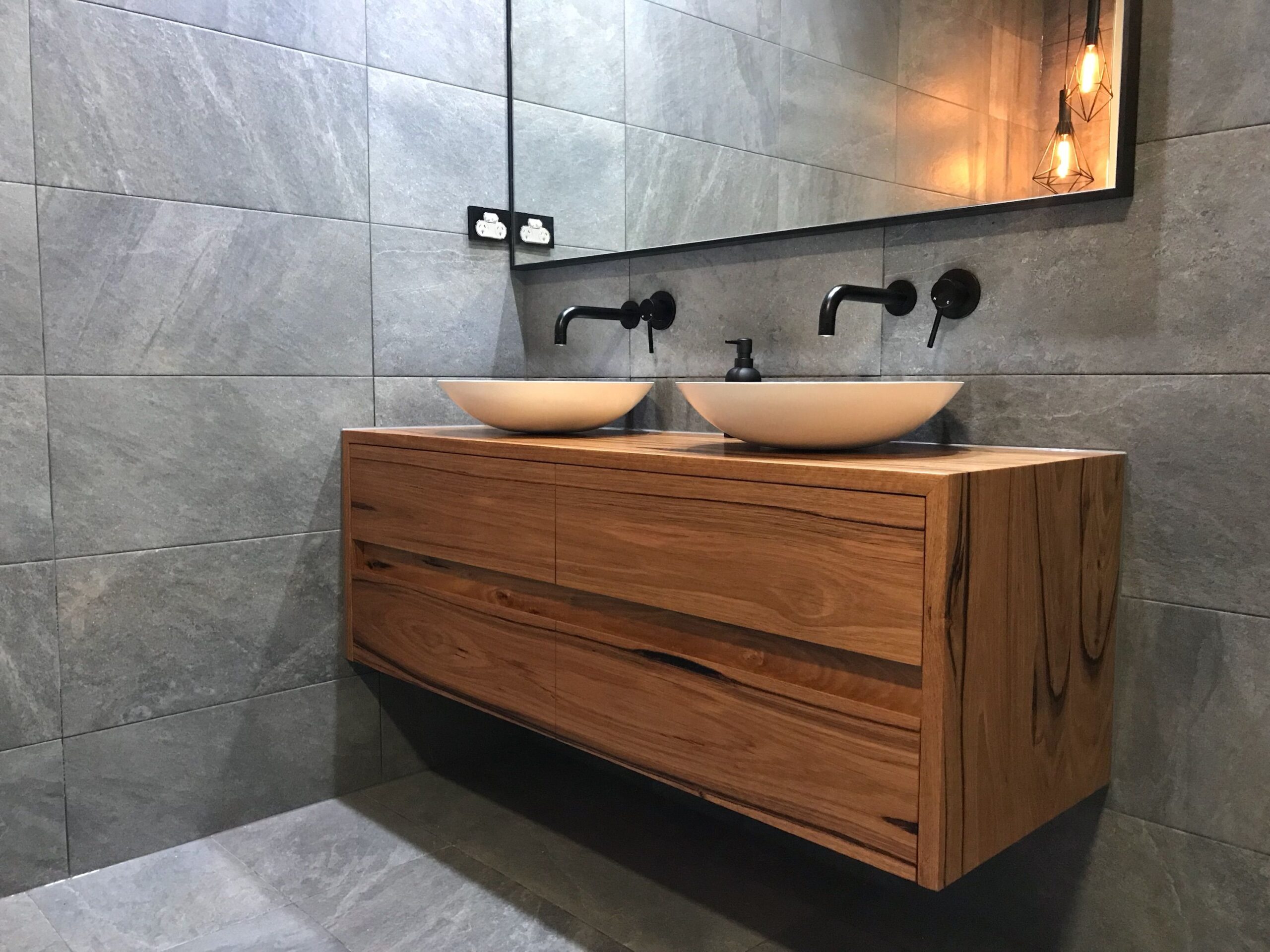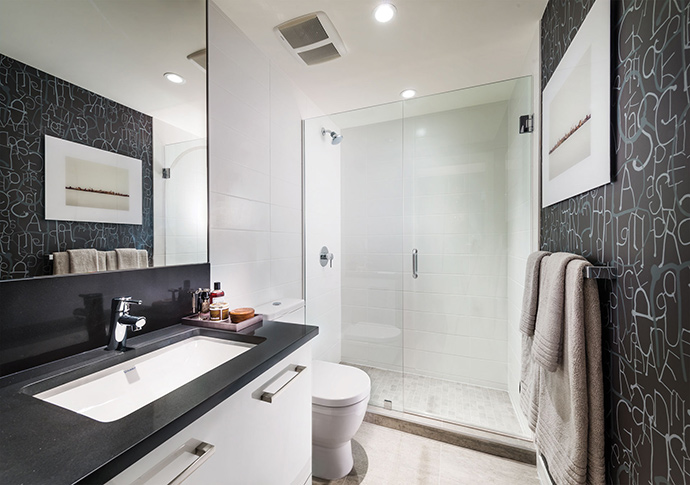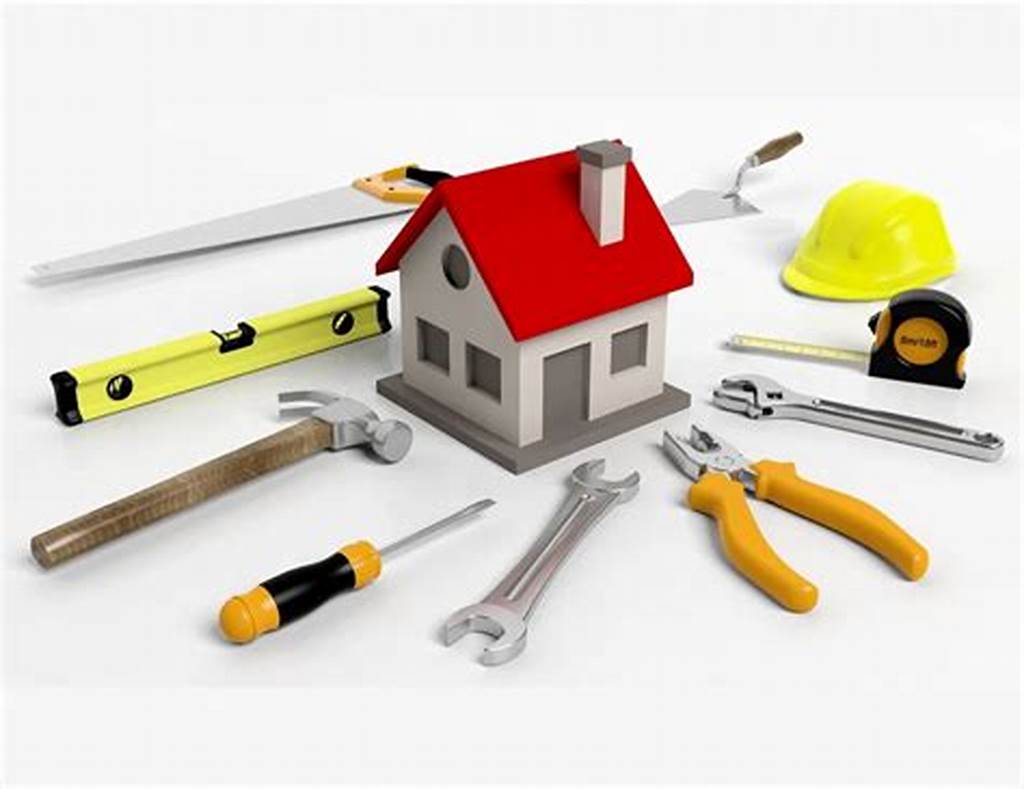In the world of roofing materials, rubber slate has emerged as a sustainable and durable alternative that offers both aesthetic appeal and long-lasting performance. This innovative roofing solution combines the classic look of natural slate with the modern benefits of rubber technology. In this article, we will delve into the advantages of rubber slate roofing, its installation process, and its environmental impact.
Advantages of Rubber Slate Roofing
- Aesthetically Pleasing: Rubber slate roofing closely replicates the appearance of natural slate, capturing its elegant and timeless charm. Homeowners who desire the luxurious look of slate can achieve it without the weight and expense associated with traditional slate roofing.
- Durability and Longevity: Rubber slate roofing boasts exceptional durability, with a lifespan that can exceed 50 years when properly maintained. Its rubber composition makes it highly resistant to weathering, impact, and UV radiation, ensuring it retains its pristine appearance for decades.
- Lightweight Construction: Unlike natural slate, rubber slate is significantly lighter, reducing the load on the roof structure. This feature can extend the life of the building and provide more flexibility in roof design.
- Weather Resistance: Rubber slate roofing is engineered to withstand harsh weather conditions, including heavy rain, snow, hail, and wind. Its resilient nature prevents cracking, splitting, and water absorption, thus maintaining a watertight barrier for the building.
- Energy Efficiency: Rubber slate roofing often includes reflective and energy-efficient coatings, helping to reduce cooling costs during hot summers. These coatings can also contribute to a more comfortable indoor environment.
- Low Maintenance: Rubber slate requires minimal maintenance over its lifespan. It is resistant to moss and algae growth, which commonly affect other roofing materials. Occasional cleaning to remove debris is usually sufficient to keep the roof looking its best.
Installation Process
Installing rubber slate roofing involves a series of meticulous steps to ensure proper functionality and longevity:
- Preparation: The roof surface is thoroughly cleaned and inspected to identify any necessary repairs before installation begins.
- Underlayment: A high-quality underlayment, often made from synthetic materials, is applied to the roof deck. This underlayment provides an additional layer of waterproofing and protection.
- Installation: Rubber slate tiles are then laid out and secured to the roof using adhesive or nails, depending on the manufacturer’s recommendations. Care is taken to ensure proper alignment and overlap to prevent water infiltration.
- Finishing Touches: Flashing, ridge caps, and other necessary accessories are installed to complete the roofing system and ensure water-tightness.
Environmental Impact
Rubber slate is an environmentally friendly choice for several reasons:
- Recycled Materials: Many rubber slate products are manufactured using recycled rubber, such as old tires. This helps reduce the demand for new raw materials and diverts waste from landfills.
- Energy Efficiency: The energy required to manufacture is often lower than that needed for natural slate or other traditional materials.
- Longevity and Reduced Waste: Rubber slate’s extended lifespan reduces the need for frequent replacements, which in turn reduces the amount of roofing waste generated over time.
Rubber slate has redefined the industry with its unique blend of aesthetics, durability, and sustainability. Homeowners looking for an eco-friendly, long-lasting, and attractive solution should consider rubber slate as a versatile option that adds both value and elegance to their homes. Its ability to mimic the appearance of natural slate while offering modern advantages makes a compelling choice for the present and future.
















